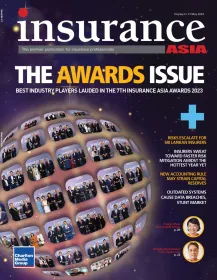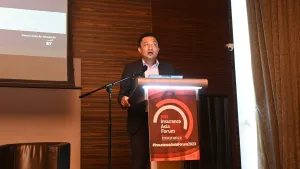
Chinese insurers under strain as investment returns face double whammy
Fitch notes that insurers have not significantly increased their exposure to riskier assets since regulatory measures in 2022.
Chinese insurers to face mounting pressure from investment returns due to a combination of declining interest rates and high volatility in domestic stock markets, Fitch Ratings warned.
Despite this, Fitch notes that insurers have not significantly increased their exposure to riskier assets, as regulatory measures since 2022 have compelled them to adopt more conservative investment strategies.
In the first nine months of 2023, investment yields at several large listed Chinese insurers remained below their three-year averages, albeit showing slight improvement from the same period in 2022.
The average annual rate of return on investments for all Chinese insurers witnessed a decline to 2.23% from 2022, reflecting the challenging investment environment compounded by persistently low interest rates.
Recent reports have highlighted insurers' property investments against the backdrop of distress among Chinese developers.
Fitch, however, anticipates limited losses for rated issuers, given the diversification and prudence in their property exposures.
Whilst some life insurers have allocated portions of their assets to the property sector, including non-standard assets like trust plans, their direct exposure to commercial property is relatively modest, typically constituting a mid-single-digit percentage of total invested assets.
ALSO READ: China Life Insurance to see 45% YoY profit slump – Nomura
The implementation of the China Risk-Oriented Solvency System (C-ROSS) phase 2 since the first quarter of 2022 has contributed to insurers' cautious investment approach, particularly regarding long-term equity investments in property-related assets.
This is due to increased capital charges and enhanced recognition of acquisition costs of investment properties, affecting insurers' core Tier 1 capital.
Despite these challenges, Fitch has observed a recent uptick in investments in policy-driven, less-liquid projects such as social housing, part of the Chinese government's response to the property sector's distress.
However, these investments constitute a minor portion of insurers' portfolios and may face limitations in generating returns in the near term, potentially adding pressure to insurers' average return on assets.











 Advertise
Advertise












